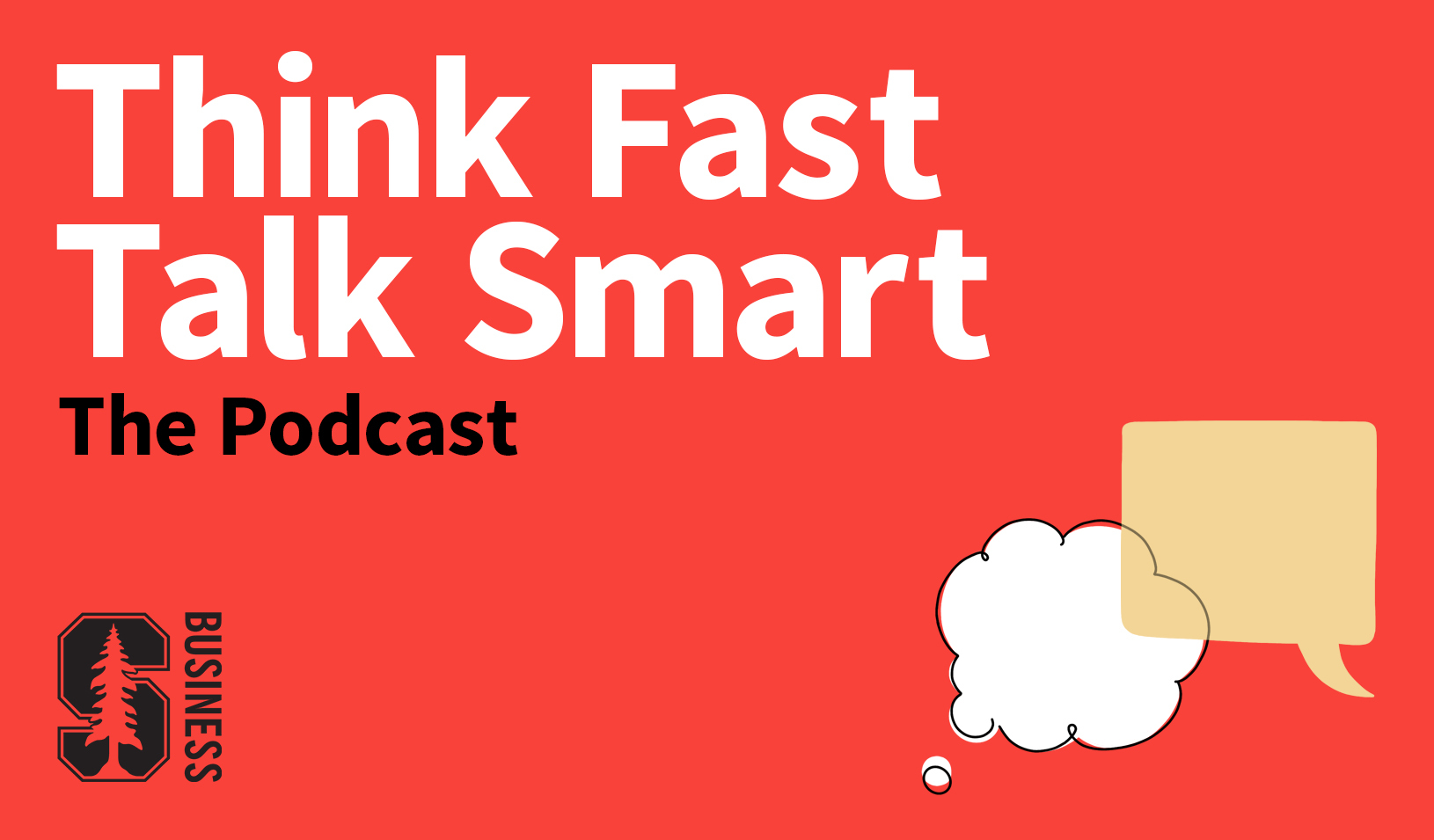How To: Use a Scorecard to Evaluate People More Fairly
A written framework is an easy way to hold everyone to the same standard.
October 04, 2022

Even when we think we’re being objective, biases can creep in. | iStock/Nuthawut Somsuk
Like most of us, lawyers think they can be impartial when they rate other people’s work. “They say, ‘Who writes a brief doesn’t matter. A brief is a brief; it stands on its own merit,’” explains Lori Nishiura Mackenzie, the lead strategist for diversity, equity, and inclusion at Stanford Graduate School of Business.
She cites an experiment in which 60 law firm partners were given a legal memo peppered with errors. All were told that a young lawyer had drafted it. Half were told that the writer was white; the other half were told he was Black.
When the partners’ evaluations of the memo came back, the imaginary “white” lawyer received an average score of 4.1 out of 5 and was judged a “generally good writer.” The “Black” lawyer got a 3.2 and was deemed “average at best.”
Even when we think we’re being objective, biases can creep in. So how can we be more consistent and fair when we evaluate candidates and coworkers?
Mackenzie offered some ideas in “The Myths and Rituals of Inclusion,” a talk she gave at last spring’s GSB reunions. A starting point, she says, is to be aware of how we shift our criteria for people based on irrelevant assumptions. “If you start by thinking carefully about how you’re going to evaluate someone before you do, you’re less likely to shift.”
Those shifts may be subtle, but they can skew outcomes. “Sadly, this happened to me once at work,” Mackenzie recalls. A strong applicant for a position was penalized for misspellings in their cover letter. “I didn’t say, ‘Did you equally check for spelling mistakes in all the candidates?’ Because if we had, I’m sure we would have found a similar number.”
An easy way to hold everyone to the same standard is to use a written framework or rubric for assessment. “If you in your work are making decisions about people without some sort of scorecard, likely you are making these shifts,” Mackenzie says. “While bias thrives in ambiguity, consistency has a chance in blocking biases in decision making — and that is good for everyone.”
For media inquiries, visit the Newsroom.
Explore More

Speak Your Truth: Why Authenticity Leads to Better Communication

When Words Aren’t Enough: How to Excel at Nonverbal Communication



